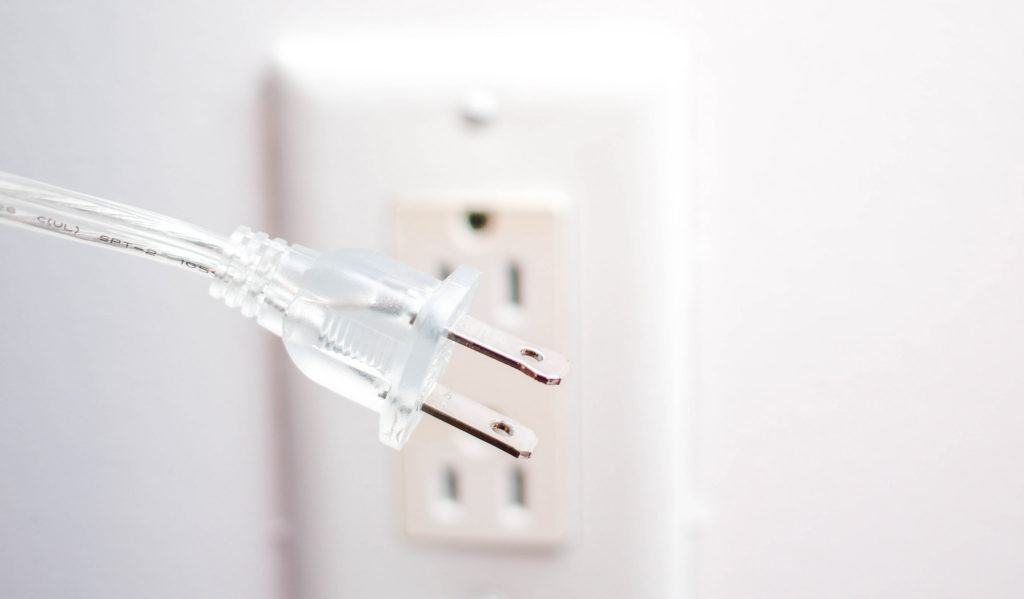
Many of our technologies produce waste heat. Internal combustion engines are a prime example, but all our industrial processes, motors, electronics and other machinery turn some (and, in many cases, most) of the energy it takes to run them into heat that just goes into the environment.
It has long been a goal to be able to make use of this heat. Cogeneration – or CHP – power plants do make use of waste heat, but the preponderance of waste heat sources simply, as the name says, waste the heat that they generate.
Thermoelectric devices are electronic devices that can convert a temperature difference into electricity without any moving parts. When one end of the device is heated while the other end is cool, electricity flows from the hot end to the cold end. This is known as the Seebeck Effect. These devices are already in use for a variety of low-power applications. They power small sensors along oil pipelines and the minifridges that plug into car cigarette lighter sockets use them.
The drawback for thermoelectric devices is that they are just not efficient enough: the amount of electricity produced for a given temperature difference is just not very large. As a result, researchers are always looking for better thermoelectric materials that could make them more widely applicable.
Recently, researchers at MIT have discovered a way to increase that efficiency by a factor of three by using so-called “topological” materials with unique electronic properties. In particular, nanostructured tin telluride may represent a viable path to a far more efficient thermoelectric material. If it and related materials can be developed for this purpose, we may have a practical new alternative for producing clean energy from waste heat.
**********
Web Links
Photo, posted December 6, 2017, courtesy of Marco Verch via Flickr.
‘Turning Heat into Electricity’ from Earth Wise is a production of WAMC Northeast Public Radio.
Leave a Reply